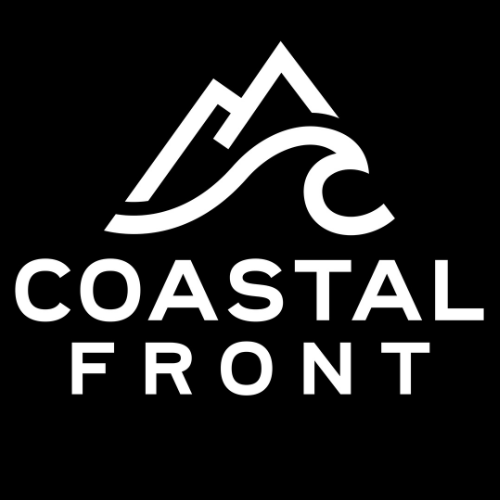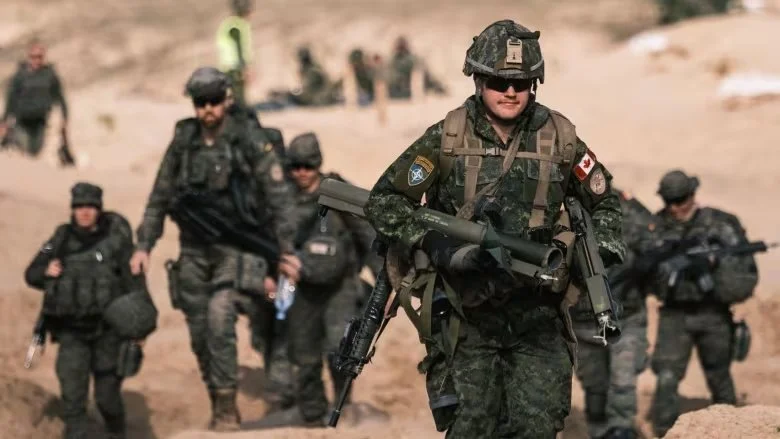Canada Ramps Up Military Spending by Billions Under US, NATO Pressure
Image courtesy NATO
Canada announced a significant increase in military spending with a new defence strategy, citing heightened threats in the Arctic and the need to meet NATO commitments.
Prime Minister Justin Trudeau and Defence Minister Bill Blair outlined the strategy Monday, titled "Our North, Strong and Free: A Renewed Vision for Canada’s Defence," which promises more than $8 billion in additional funding over the next five years and a total of $73 billion over the next two decades.
The increase will raise Canada’s defence spending from the current 1.38% of GDP to 1.76% by 2029-30, falling short of the NATO target of 2%. The announcement comes amid mounting pressure from NATO and the United States.
“As Arctic waters become increasingly navigable due to the disproportionate impacts of climate change, Canada will face new vulnerabilities in the North, which is also NATO’s Northern and Western flank,” reads a statement from the prime minister’s office.
“The character of war is changing, while new and disruptive technologies, as well as increasingly hostile autocratic states, are redefining what it means to be safe and secure.”
Canadian officials state that “autocracies are challenging the international order that keeps Canada safe and prosperous,” further noting that the most urgent and important task facing Canadians is asserting sovereignty in the Arctic, where the changing physical and geopolitical landscapes have created new “threats.”
The 45-page document frequently mentions China and Russia in a threatening context, and Iran as well, though less often.
The new strategy highlights several areas of focus, including enhancing surveillance and combat capabilities in the Arctic.
Domestically, the strategy has been met with criticism for its delayed spending timeline, which defers many substantial investments until after the next federal election in 2025.
Among the investments are the acquisition of airborne early warning aircraft and long-range missiles; plans to invest in tactical helicopters, with significant funding earmarked for these assets over the next 20 years, though initial funding in this category is limited in the first five years; and a $1.4 billion initiative to deploy advanced maritime sensors across Canada's three coasts.
Deploying maritime sensors on Canada's coasts appears to be a tangible defence decision. Yet, reflecting a hawkish attitude, the policy also details a continued $910 million investment to support ongoing military operations in Ukraine, the Middle East, and the Indo-Pacific region.
Announcement builds on Indo-Pacific Strategy
The Indo-Pacific region was mentioned more than 20 times in the defence document, reiterating how it will support Canada’s “Indo-Pacific Strategy,” launched by Minister of Foreign Affairs Mélanie Joly in late 2022. The Indo-Pacific Strategy includes massive taxpayer-funded spending of:
$721 million to “promote peace, resilience, and security in the region,” by, listing two examples, expanding Canadian naval presence and increasing Canadian Armed Forces (CAF) participation in regional military exercises.
$245 million to “foster open, rules-based trade and support Canada’s economic prosperity,” which includes opening Canada’s first agriculture office in the region.
$262 million to “forge stronger people-to-people ties” with the Indo-Pacific region, including $100 million in Feminist International Assistance Policy development funding in the region.
$913 million toward “building a clean future,” which includes enhancing measures against illegal and unreported fishing.
$147 million to “strengthen its presence, visibility, and influence in the region,” including a new office for the Asia-Pacific Foundation of Canada. The foundation is chaired by Pierre Pettigrew, previously Minister of Foreign Affairs under former Prime Minister Jean Chrétien.
Mentioning China more than 50 times, the Indo-Pacific Strategy’s 26-page document was released one month after US Secretary of State Antony Blinken travelled to Canada to meet with Joly.
Speaking about the strategy at a luncheon hosted by the Greater Vancouver Board of Trade last year, Joly referred to China as “the elephant in the room,” noting the strategy can help businesses move away from the “increasingly disruptive global power.”
Using similar Cold War-esque language, Indo-Pacific strategies formed by other G7 countries align with US policy, indicating a hegemonic approach to the region presented as a counter-balance to China, Russia, and their allies.
Seventeen months later, Canada’s newly released defence policy reiterates its alignment with US interests in the Indo-Pacific and beyond. On Monday, the federal government underscored its commitment to “strengthening NATO’s collective defence, providing military assistance to help Ukraine defend itself, and increasing our presence in the Indo-Pacific.”
The US, which has for years been pressuring Canada to boost defence spending, applauded the update.
“The policy appears to articulate a substantial down payment toward Canada’s pledge to meet its NATO commitment to spend at least two percent of its GDP on defense,” David Cohen, the US ambassador to Canada, said in a Monday statement.
“With today’s announcement, Canada continues its long history of being a strong NATO Ally and United States partner.”


